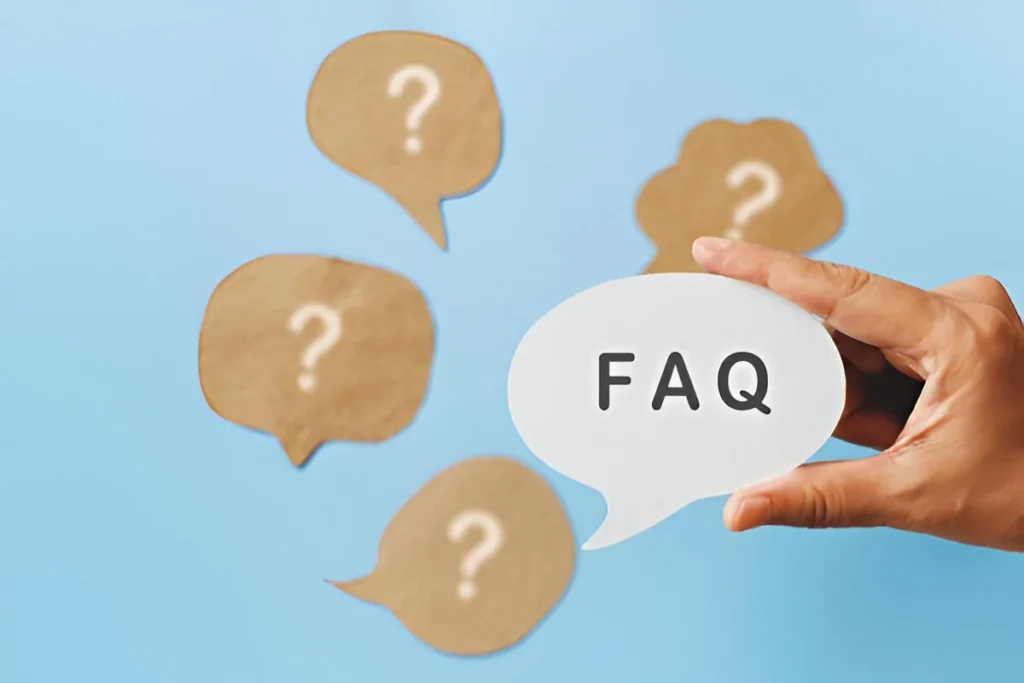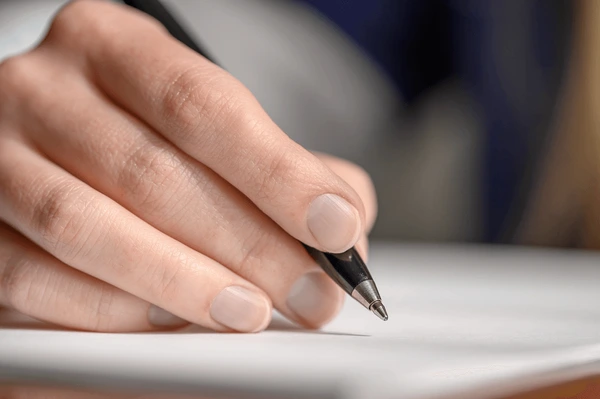What are common graphology myths debunked?
Curious about the truth behind common graphology myths? Learn how handwriting analysis truly works from the perspective of the Best Graphology Institute in Kolkata, revealing science, psychology, and facts behind this fascinating field.
Handwriting is more than just ink on paper — it’s a window into the human mind. For centuries, people have believed that your handwriting can reflect your emotions, confidence, and even thought patterns. This field of study is known as graphology — the analysis of handwriting to understand personality traits and psychological tendencies.
However, as graphology gained popularity, so did myths and misconceptions. Many assume it’s just guesswork or fortune-telling, while others mistake it for handwriting improvement training alone. The truth lies somewhere in between — graphology is both an art and a behavioral science, requiring structured study and expertise.
In this blog, we’ll uncover and debunk the most common graphology myths, helping you separate fact from fiction and appreciate the real psychological depth behind handwriting analysis.
Understanding the Foundation of Graphology
Before diving into myths, let’s first understand what graphology truly is.
Graphology is the systematic study of handwriting, which interprets strokes, spacing, pressure, and patterns to reveal emotional and psychological traits. It does not predict the future, nor does it define one’s destiny. Instead, it provides insights into behavior, decision-making, and personality tendencies based on consistent writing habits.
When studied professionally, graphology can:
- Reveal emotional states and coping mechanisms
- Assist in career guidance and personal development
- Help in recruitment and team compatibility assessment
- Support therapeutic and counseling practices
It’s a scientific tool rooted in observation, psychology, and human behavior — not a mystical art.

Breaking Down the Most Common Graphology Myths
Let’s dive deeper into misconceptions that often mislead people about the power and purpose of graphology.
1. Myth: Graphology Is the Same as Handwriting Improvement
Reality: Graphology and handwriting improvement are completely different.
Handwriting improvement focuses on the aesthetics — making your writing neater, more legible, and stylistically appealing. Graphology, on the other hand, focuses on psychological analysis. It decodes your writing habits to understand your emotional balance, confidence, creativity, or stress levels.
For instance, a person may have neat handwriting but still be under emotional strain. Graphology looks beyond appearance into the subconscious patterns that surface in your writing.
2. Myth: Graphology Can Predict the Future
Reality: Graphology does not forecast events.
This is one of the biggest common graphology myths — that handwriting reveals upcoming events or destiny. Instead, it identifies tendencies and traits that influence how you might approach situations.
For example, your handwriting might reveal that you’re impulsive in decision-making, which can help you understand why certain outcomes occur — but it doesn’t tell you what will happen next.
Graphology helps you know yourself better so you can make conscious choices, not predictions.
3. Myth: Everyone with Similar Handwriting Has the Same Personality
Reality: Two people may form letters alike, but their pressure, rhythm, and flow will differ.
Graphology doesn’t rely on just the shape of letters. Experts analyze multiple aspects such as:
- Writing pressure (light, moderate, or heavy)
- Slant (right, left, or upright)
- Spacing between words and lines
- Margins and baseline movement
- Consistency of strokes and loops
Even if two people’s handwriting looks similar visually, their psychological patterns might be completely opposite when these elements are considered.
4. Myth: You Can Analyze a Person’s Character from Just a Word or Two
Reality: Professional graphology requires a full writing sample — ideally a paragraph written in natural flow.
A few words cannot represent the writer’s full emotional spectrum. Small samples may miss key indicators like rhythm, margin behavior, and line consistency.
Authentic graphology relies on a detailed analysis of multiple features across the writing to ensure accuracy and avoid false assumptions.
5. Myth: Graphology Is Not a Science
Reality: Graphology may not be a traditional science, but it’s a behavioral science — rooted in psychology and neurology.
Each movement of your hand originates in the brain’s motor cortex, meaning your handwriting is a neuromuscular reflection of your thoughts and emotions. This is why sudden emotional or psychological shifts often alter handwriting subconsciously.
Modern psychological studies have found correlations between writing patterns and emotional states, further validating graphology’s scientific relevance.
6. Myth: Graphology Is Only for Detectives or Recruiters
Reality: While graphology is indeed used in recruitment, criminal profiling, and forensic investigations, it’s also valuable for personal growth and emotional healing.
Graphology can help individuals:
- Understand emotional strengths and weaknesses
- Improve interpersonal relationships
- Identify stress triggers
- Cultivate self-awareness
Many counselors and therapists now integrate handwriting analysis as a supportive tool in holistic therapy.
7. Myth: Handwriting Never Changes
Reality: Your handwriting evolves with your emotional and mental state.
Stress, aging, life experiences, or even shifting confidence levels can subtly alter writing style. These changes can indicate progress, emotional healing, or sometimes internal tension.
Graphology helps track this evolution, making it a dynamic self-awareness tool rather than a static assessment.

The Psychological Link Between Writing and Mind
Your brain and hand share a powerful connection. Each stroke, curve, and pause represents neural signals that express your emotions, focus, and subconscious tendencies.
This is why graphology has been used in various fields like:
- Behavioral research
- Education and counseling
- Recruitment psychology
- Criminal profiling
- Self-development coaching
By combining psychology with handwriting science, graphology becomes a reliable lens through which one can understand human nature more deeply.
How to Approach Graphology Objectively
To get the best out of handwriting analysis, approach it as a tool for self-reflection, not judgment.
Here’s how you can make it meaningful:
- Provide natural handwriting samples — avoid writing deliberately neat or stylized.
- Be open to constructive insight — graphology is about growth, not criticism.
- Understand that context matters — every interpretation is part of a larger behavioral picture.
- Seek analysis from certified experts trained at reputed institutions.
That’s where structured learning and credible study come in — exactly what leading institutions emphasise through professional graphology education and ethical practice.

FAQs
1. Can graphology detect lies or deceit?
Not exactly. Graphology can reveal tendencies toward honesty or secrecy, but it doesn’t pinpoint lies.
2. Is graphology suitable for children?
Yes, handwriting analysis can help understand a child’s emotional and learning patterns, offering guidance for parents and teachers.
3. Can graphology replace psychological counseling?
No, it complements therapy by offering insights into subconscious behavior, but it doesn’t replace professional counseling.
4. Do changes in handwriting mean something is wrong?
Not always. Handwriting naturally evolves over time or under stress; it’s only concerning if shifts are sudden and extreme.
5. Is it possible to fake handwriting for a better analysis result?
Temporary changes can be made, but your natural writing rhythm will always reveal your authentic self over longer samples.
Rediscovering Truth Through Handwriting
When you move beyond common graphology myths, you realize that handwriting is not about prediction or perfection — it’s about perception. It tells a story about who you are, how you think, and how your inner emotions manifest through motion.
True graphology celebrates individuality, guiding you toward self-understanding and emotional clarity. And when explored through structured learning and expertise, it opens a powerful pathway to personal and psychological growth.
